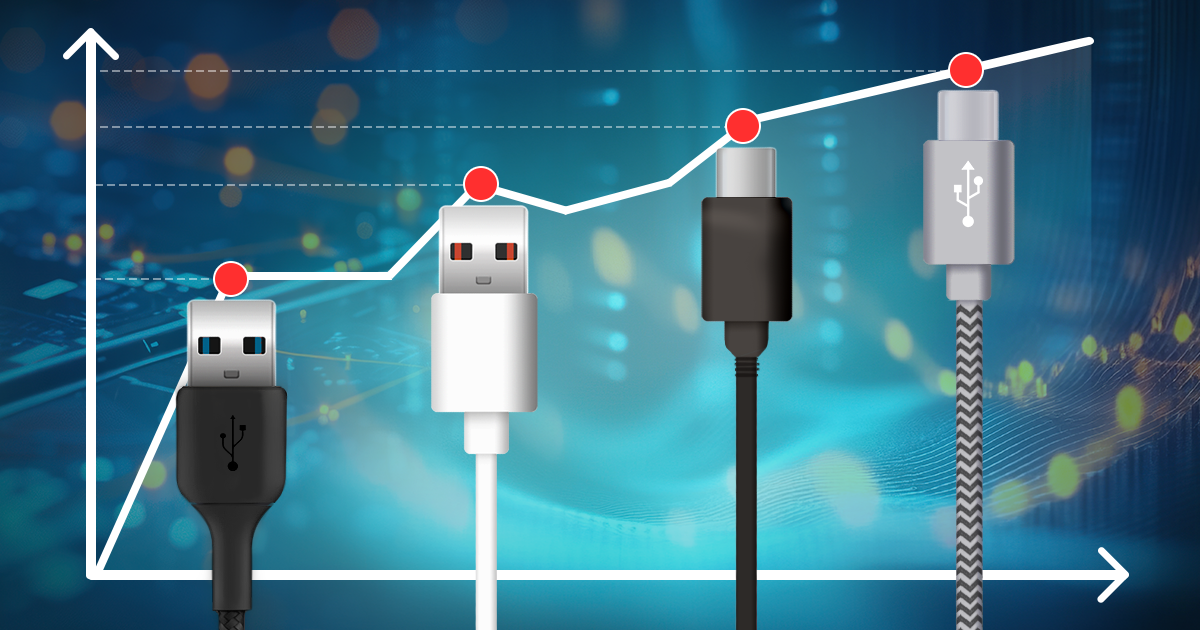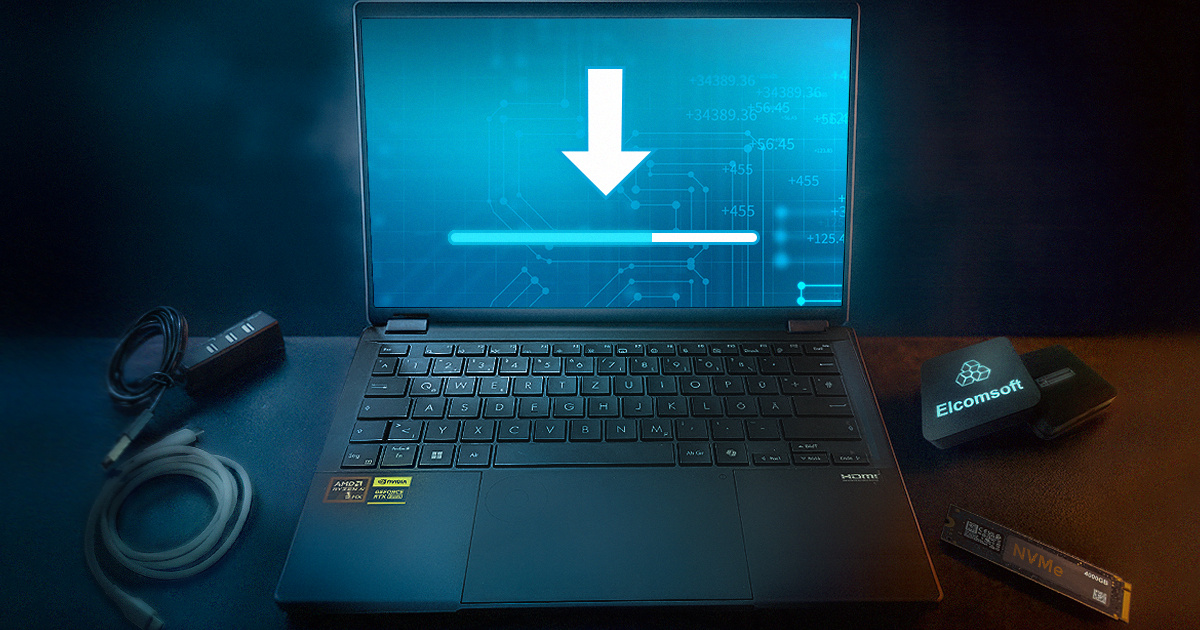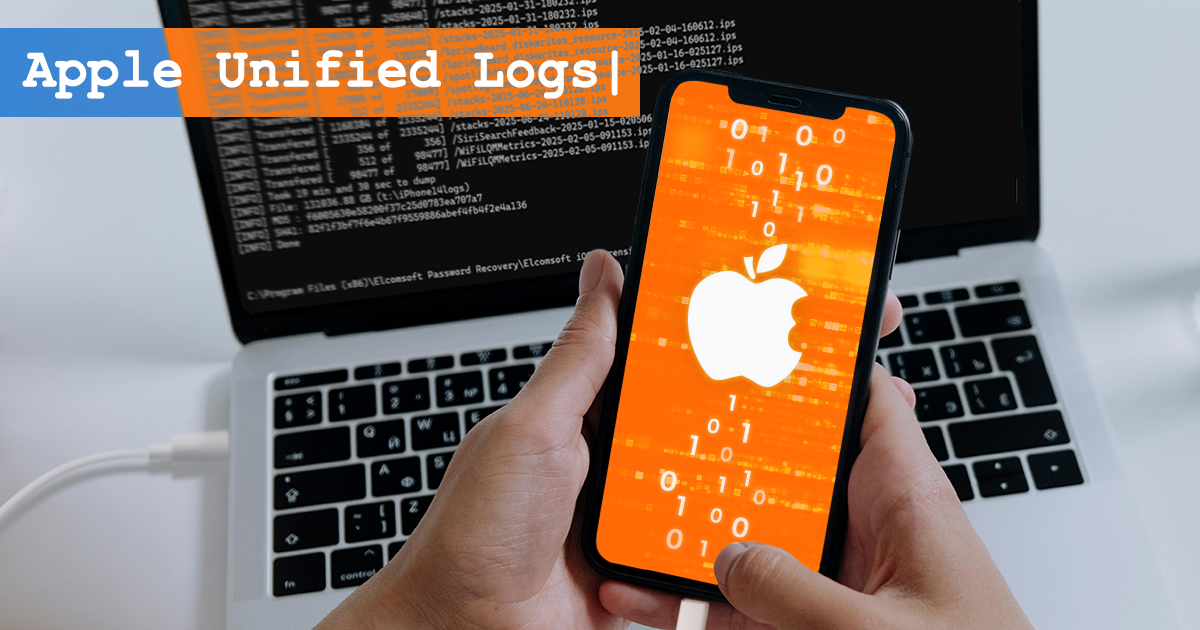The recent update to iOS Forensic Toolkit brought two automations based on the Raspberry Pi Pico board. One of the new automations makes it possible to make long, scrollable screen shots in a semi-automatic fashion. In this article we will show how to build, program, and use a Raspberry Pi Pico board to automate scrolling screenshots.
The latest update to iOS Forensic Toolkit brings two new features, both requiring the use of a Raspberry Pi Pico board. The first feature automates the switching of iPhone 8, iPhone 8 Plus, and iPhone X devices into DFU, while the second feature adds the ability to make long, scrollable screen shots in a semi-automatic fashion. In this article we will show how to build, program, and use a Raspberry Pi Pico board to automate DFU mode.
In the previous articles we explained how to connect the first-generation HomePod to a computer, apply the exploit, extract a copy of the file system and decrypt the keychain. Since the HomePod cannot be protected with a passcode and does not allow installing apps, we were wondering what kinds of data the speaker may have and what kinds of passwords its keychain may store.
Obtaining information from a locked iPhone can be challenging, particularly when the device is passcode-protected. However, four critical pieces of information that can aid forensic analysis are the device’s International Mobile Equipment Identity (IMEI), Mobile Equipment IDentifier (MEID), MAC address of the device’s Wi-Fi adapter, and its serial number. These unique identifiers can provide valuable insights into a device’s history, including its manufacture date, hardware specifications, and carrier information.
Elcomsoft iOS Forensic Toolkit 8.20 for Mac and 7.80 for Windows now includes a new mechanism for low-level access, which enables the extraction of certain parts of the file system from the latest Apple devices. This partial extraction raises questions regarding what data can and cannot be extracted and how missing information can be accessed. Learn about the partial file system extraction, its benefits and limitations.
The first-generation HomePod is a smart speaker developed by Apple that offers high-quality audio and a range of features, including Siri integration and smart home controls. However, as with any electronic device, it can store valuable information that may be of interest in forensic investigations. In this article, we will explore how to use the forensically sound checkm8 extraction to access data stored in the HomePod, including the keychain and file system image. We will also outline the specific tools and steps required to extract this information and provide a cheat sheet for those looking to extract data from a HomePod. By the end of this article, you’ll have have a better understanding of how to extract data from the first-generation HomePod and the potential limitations of this extraction method.
Agent-based low-level extraction of Apple mobile devices requires sideloading an app onto the device, which is currently far from seamless. One can only run sideloaded apps if they are signed with a device-specific digital signature, which must be validated by an Apple server. Establishing a connection to the server carries a number of potential risks. In this article, we are proposing a solution that reduces the risks by using a firewall script.
In this article, we will discuss how to access the hidden port of the first-generation HomePod and extract its file system image. Note that this process requires disassembly, voids the HomePod warranty, and requires specific tools, including a custom 3D-printable USB adapter, a set of screws, and a breakout cable. Therefore, this method is not recommended for casual users and should only be used by professionals who have a thorough understanding of the process.
Discover the benefits of agent-based data extraction from iOS devices. Learn about the purpose and development of the extraction agent, when it can be used, and best practices. Get a comprehensive understanding of the cutting-edge approach for iOS data extraction.
On January 23, 2023, Apple have released a bunch of system updates that target the different device architectures. iOS 16.3 is available for many recent devices, while older models were updated to iOS 12.5.7, iOS 15.7.3 and iPadOS 15.7.3 respectively. While Elcomsoft iOS Forensic Toolkit supported these versions of the system from the get go, today we are rolling out an update that irons out minor inconveniences when imaging such devices.


